Image from Catalyst University The 1500 method Method 4 The Sequence Method For the sequence method, you count the bolded lines between each R wave You start at 300, then 150 at the next bolded line, then 100, then 75, then 60 and 50 You continue to count down until you reach the next R wave Image from insidefammedwiscedu The sequence method This just the beginning with analyzing a 6 second EKG or ECGUse the following numbers to indicate what the heart rate is between two successive R waves 300, 150, 100, 75, 60, 50, 43, 37, 33, 30 Method # 2 The Six Second Tracing Method Obtain a six second tracing (30 five mm boxes) and count the number of R waves that appear within that 6 second period and multiply by 10 to obtain the HR/min Example If there are 12 five mm boxes in a 6 second tracing then the heart rate would be 12 x 10 = 1 bpm Method # 3 The 300 MethodSay "300, 150, 100" "75, 60, 50" but for bradycardiarate = cycles/6 sec strip ✕ 10 2 RHYTHM (pages 972) Identify the basic rhythm, then scan tracing for prematurity,pauses, irregularity, and abnormal waves
Co Grand Co Us Documentcenter View 636 Heart Rate Fast And Easy Ecgs Shade Wesley
300 150 ecg rule
300 150 ecg rule- Furthermore, how do you calculate squares on an ECG?R 300 150 100 75 60 50 43 38 33 ↓ ↓ ↓ ↓ ↓ ↓ ↓ In order to calculate a regular rhythm, the heart rate is 300 divided by the number of large squares between the QRS complexes or 1500 divided by the number of tiny squares (this is an example using the division method)



Co Grand Co Us Documentcenter View 636 Heart Rate Fast And Easy Ecgs Shade Wesley
We can calculate the beats per minute (bpm) by dividing 300 by the number of LARGE squares between two R waves (RR interval = one beat) REGULAR rhythms Rate = 300 / number of LARGE squares between consecutive R waves Very FAST rhythms Rate = 1500 / number of SMALL squares between consecutive R waves SLOW or IRREGULAR rhythms Rate =A SYSTEMATIC APPROACH TO ECG INTERPRETATION 1 RATE! For example, if the interval between two QRS complexes is two large boxes, then the rate is 150 beats per minute (bpm) (300 ÷ 2 = 150 bpm) See the following images Heart rates associated with each of the large boxes in the following order are 300, 150, 100, 75, 60, 50, 43, 37, 33 beats per minute (bpm)
ECG ruler 1 The countoff method is a quick way to approximate the rate This method works by counting off the number of large boxes between 2 consecutive R waves, in the sequence of bpm This method only works if the rhythm is regular a In our patient we see that there are just under 2 large boxes between Divide the number 300 by your answer above Once you have calculated the number of big squares separating QRS complexes (let's use 32 as an example), perform the following calculation to determine heart rate 300/32 = 9375 Round your answer to the nearest whole number In this case, the heart rate would be 94 beats per minuteUsing the method 300 150 100 75 60 in the above example, 3 large boxes noted between two Rwaves, followed by roughly 25 small boxes would represent a ventricular rate of 85/min Another method is to divide 1500 by the number of small squares between two Rwaves In the
Remember the pattern Find the R wave start counting toward the right of the tracing in 5mm segment everymove apply the number in the pattern This method is not as accurate as the 1500 method but provides a means to do a quick calculation that is fairly accurate when the heart rate is regular300/1 = 300 per minute 2 large squares 300/2 = 150 per minute 3 large squares 300/3 = 100 per minute 4 large squares 300/4 = 75 per minute 5 large squares 300/5 = 60 per minute 6 large squares 300/6 = 50 per minuteThe ECG has a grid with thick lines 5 mm apart (= 0, second) and thin lines 1 mm (0,04 second) The square counting method is ideal for regular heart rates Use the sequence Count from the first QRS complex, the first thick line is 300, the next thick line 150




Jaypeedigital Ebook Reader



Co Grand Co Us Documentcenter View 636 Heart Rate Fast And Easy Ecgs Shade Wesley
There are three methods of calculating rate Most Common Method (Most rates can be calculated this way) Find an R wave on a heavy line (large box) count off "300, 150, 100, 75, 60, 50" for each large box you land on until you reach the next R wave Estimate the rate if the second R wave doesn't fall on a heavy black lineThe ECG has a grid with thick lines 5 mm apart (= 0, second) and thin lines 1 mm (0,04 second) There are three simple methods to determine the heart rate (HR) The square counting method The square counting method is ideal for regular heart rates Use"ECG Pearls" •Lead II is the easiest lead to read / most intuitive •But Lead V1 is our single best lead •Use Lead V3 for QT interval measurement •"A Q in III is free" (isolated Q in Lead III) •Half of reading an ECG is knowing where the electrode is •The other 80% is finding the P wave!



Co Grand Co Us Documentcenter View 636 Heart Rate Fast And Easy Ecgs Shade Wesley




Introduction To Ecg Interpretation Electrocardiogram Interpretation Is An
If you are counting the QRS make sure you have a 6 second strip and multiply by 10 If you are using the 300 method count the large boxes in between the QRS and divide 300 by that number And the 1500 method you count the small boxes in between 2Calculate the heart rate in beats / minute o Number of small boxes between beets divided into 1500 or " 300, 150, 100 75, 60, 50, 43 " method o Rate > 100 and of sinus origin q sinus tachycardia o Rate < 60 and of sinus origin q sinus bradycardia 2 AXISThe first step is to determine the RATE, which can be eyeballed by the following technique Locatethe QRS (the big spike) complex that is closest to a dark vertical line Then count either forward orbackwards to the next QRS complex For each dark vertical line you pass, select the next number offthe mnemonic "" to estimate the rate in beats per minute (BPM)
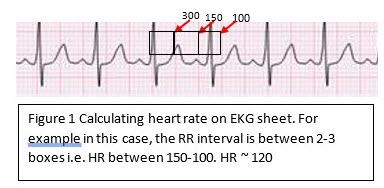



Ekg Interpretation



Large Block Method To Calculate Heart Rate Ecg Medical Training
• The 300, 150, 100, 75, 60, 50 method involves locating an R wave on a bold line on the ECG paper, then finding the next consecutive R wave and using the 300, 150, 100, 75, 60, 50 values for subsequent bold lines to determine the rate • To use the 1500 method An alternative method is to count down from 300, 150, 100, 75, and 60 from each of the dark vertical lines between the QRS complexes ItExample #3 These QRS complexes are less than two large boxes apart, thus the heart rate is between 150 and 300 bpm Multiply the number of QRS complexes by



Co Grand Co Us Documentcenter View 636 Heart Rate Fast And Easy Ecgs Shade Wesley




Electrocardiography Cardiovascular And Pulmonary Physical Therapy Second Edition An Evidence Based By William E Deturk
The solution is a little bit tricky, but simple We divide 300 by the number of large squares 02 per small square Heart rate 4 large squares 3 small square = 65 bpm For example If there are 4 large squares and 3 small squares between R waves, the heart rate is 65 bpm (300/46 = 65) ECG interpretation, ECG mnemmonics, ECG for medical students Pages 300 method In this take 300 divided by number of large boxes between 2 R waves you can rapidly estimate ventricular or atrial rates by memorizing the sequence "300, 150, 100, 75, 60, 50"EKG Practice Drills EKG Reference Guide ECG Graded Quiz EKG Intro Course ECG Tutor ECG Monitor Drill ECG Monitor Quiz 12 Lead ECG ECG 12 Lead Interpretation Tutor Español EKG Lessons Blood Pressure Taking Blood Pressure Basic Procedures Adult Part I Adult Part II Pediatric Pulmonary Hypertension



Large Block Method To Calculate Heart Rate Ecg Medical Training




Heart Rate The Premier Ekg Resource For Medical Professionals Ekg Md Dr Anthony Kashou
This study aimed to examine the effect of different LPF on pacemaker spike detection in remote and bedside electrocardiogram (ECG) Methods Patients with permanent pacemaker implantation were included during routine followup Standard 12lead ECGs at 6 different upperfrequency cutoff (40, 100, 150, 0, 300, and 400 Hz) were collected ECG Rate The Cardiac Ruler or Sequence Method Count the number of big boxes between R waves and count using the following numbers The Six Second Method Get 6 seconds of ECG tracing (ie 30 big boxes) and count the number of R waves that appear within that 6 second period and multiply by 10 On standard paper with the most common tracing settings, the heart rate is calculated by dividing the number of large boxes (5 mm or 02 seconds) between two successive QRS complexes into 300 For



Large Block Method To Calculate Heart Rate Ecg Medical Training



Co Grand Co Us Documentcenter View 636 Heart Rate Fast And Easy Ecgs Shade Wesley
3 large blocks 100 2 large blocks 150 1 large block 300 We know the "normal" heart rate is (although some would argue that 5090 is more accurate) Using the normal heart rate should have 35 large blocks between Rwaves More than 5 large blocks is a bradycardia and fewer than 3 blocks is a tachycardia• 300 method – 300, 150, 100, 75, 60 Rate • 10 second method • Each EKG is 10 seconds • Count total QRS complexes • Multiply by 6 Rate • Normal 60 – 100 • Bradycardia < 60 • Tachycardia > 100 Rhythm • Sinus •Atrial • Supraventricular • Junctional • Ventricular Memorize the following sequence of numbers as stated in the ECG Strip Ease Book, "300, 150, 100, 75, 60,50 4" Start with the pwave or rwave (according to which rate you are measuring) closest to a heavy line on the EKG paper Assign the next series of heavy lines the six numbers respectively



Ekg Paper Ems Education
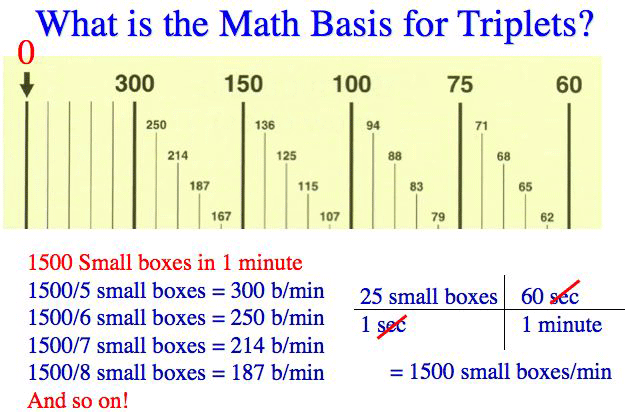



Triplets R To R 6 Second Heart Rate Method
METHOD 3000 DETERMINATION OF INORGANIC ANIONS BY ION CHROMATOGRAPHY John D Pfaff Inorganic Chemistry Branch Chemistry Research Division Revision 21 August 1993 ENVIRONMENTAL MONITORING SYSTEMS LABORATORY OFFICE OF RESEARCH AND DEVELOPMENT US ENVIRONMENTAL PROTECTION AGENCY CINCINNATI, OHIOFirst method Counting the squares Use the sequence Count from the first QRS complex, the first thick line is 300, the next thick line 150 etc Stop the sequence at the next QRS complex When the second QRS complex is between two lines, take the mean of the two numbers from the sequenceSummary • To determine the heart rate first check to see if the rate is slow, normal or fast • The 6second interval x 10 method multiplies by 10 the number of QRS complexes found in a 6second portion of the ECG tracing • The 300, 150, 100, 75, 60, 50 method involves locating an R wave on a bold line on the ECG paper, then finding the next consecutive R wave and using the 300, 150
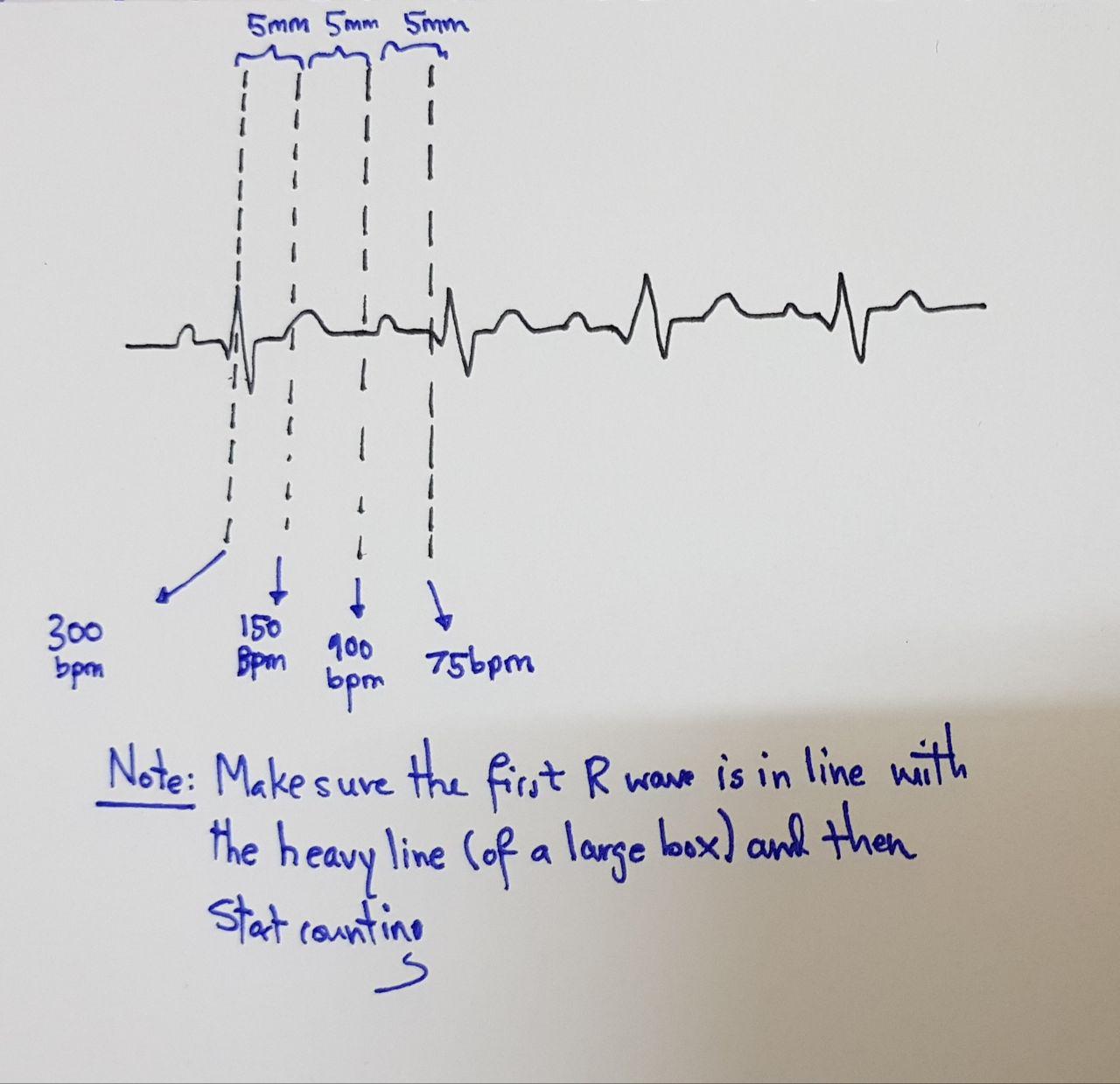



Medicowesome Mnemonics And Basics Of Ecg Interpretation
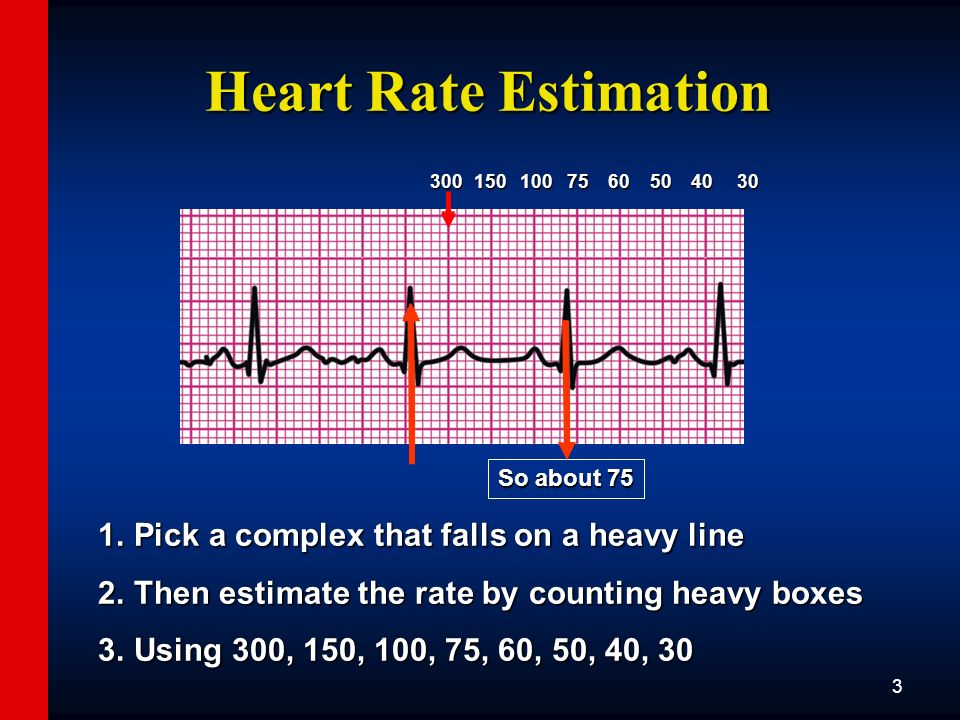



Basic Arrhythmias C 11 American Heart Association Do Not Edit Ppt Download
The square counting method The square counting method is ideal for regular heart rates Use the sequence Count from the first QRS complex, the first thick line is 300, the next thick line 150 etc Stop the sequence at the next QRS complex Method #1 Identify an Rwave that is on a line Use that as the start Rwave and then count success big boxes from the start as 300, 150, 100, 75, 60, 50 Below 50, use the formula given in method #2 This method is good for regular rhythms Method #2 300 If the interval between two QRS complexes is two large boxes, then the rate is 150, because 300 ÷ 2 = 150 bpm The heart rate using the "" method In this case, if we have an R wave above at the start and then immediately another R wave at the "300 mark", the rate is roughly 300
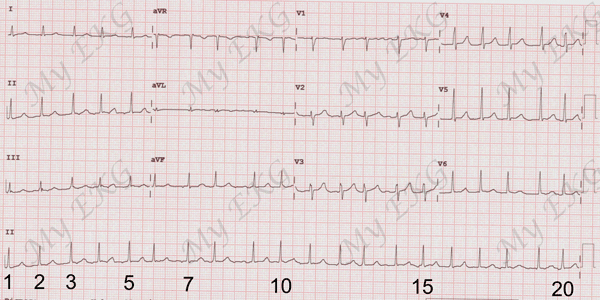



How To Calculate The Heart Rate On An Ekg




How To Find Heart Rate Pulse From Ekg Youtube
To use the sequence method, find an R wave that lines up with one of the dark vertical lines on the ECG paper If the next R wave appears on the next dark vertical line, it corresponds to heart rate of 300 beats a minute The dark vertical lines correspond to 300, 150, 100, 75, 60, and 50 bpmWith atrial flutter, the atrial rate is too rapid—300 cpm—to traverse the AV conduction system Hence, only every other atrial impulse traverses the system to excite the ventricle, with a resultant 2 1 atrioventricular ratio or a ventricular rate of 150 cpm (Figure 3316B) Again, the rhythm is generally regular, and the first heart soundMethod 2 Count the number of RR intervals between two Tick marks (6 seconds) in the rhythm strip and then multiply by 10 to get the bpm This method is more effective when the rhythm is irregular Example Method 3 Use the RR interval between two consecutive normal ECG




Introduction To Ecgs 1 Discussion Topics N Ecg



Co Grand Co Us Documentcenter View 636 Heart Rate Fast And Easy Ecgs Shade Wesley
Another method, which gives a rough approximation, is the "count off" method Simply count the number of large squares between R waves with the following rates 300 150 100 75 60 For example, if there are three large boxes between R waves, then the rate is 100 beats/min One must extrapolate, however, between boxes300, 150, 100, 75, 60, 50 method involves locating an R wave on a bold line on the ECG paper this is referred to as the "start point" each bold line to the right of the "start point" has a values that denotes the heart rate the first bold line isSeveral methods of heart rate calculation are described in this video




Ecg Heart Rate Calculation The Big Box Method Aka The 300 Method Youtube




Ekg Intro
The dark line method can only be used when the HR is regular This method can be a very accurate way to determine HR or to generate a close estimate • On a rhythm strip, find one R wave that falls directly on a dark thick line The subsequent dark thick lines each have an associated HR In order, the HRs are 300, 150,Common method Mathematical method 300/# large boxes between R waves Sixsecond method # RR intervals x10 RHYTHM Rhythm Guidelines 1 Check the bottom rhythm strip for regularity, ie regular, regularly irregular, and irregularly irregular 2 Check for a P wave before each QRS, QRS after each P 3



Co Grand Co Us Documentcenter View 636 Heart Rate Fast And Easy Ecgs Shade Wesley



Large Block Method To Calculate Heart Rate Ecg Medical Training




Ekg Rate Practice Flashcards Quizlet




How To Compute The Rate Youtube




How To Read An Ecg




3 Heart Rate Fast Easy Ecgs A Selfpaced




Ecg Rate And Rhythm Osmosis




Shadechapter03 Ppt Read Only



Co Grand Co Us Documentcenter View 636 Heart Rate Fast And Easy Ecgs Shade Wesley




How To Read An Ecg Wikidoc
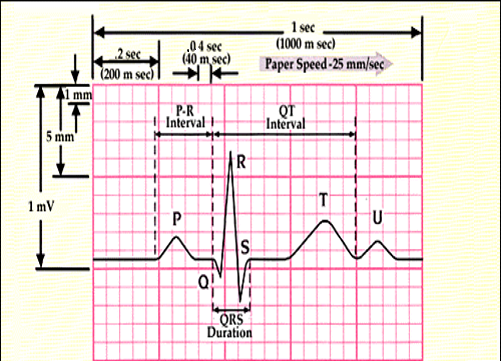



How To Read An Ecg Physical Therapy Reviewer



Nursing Bibs Ekg Rate
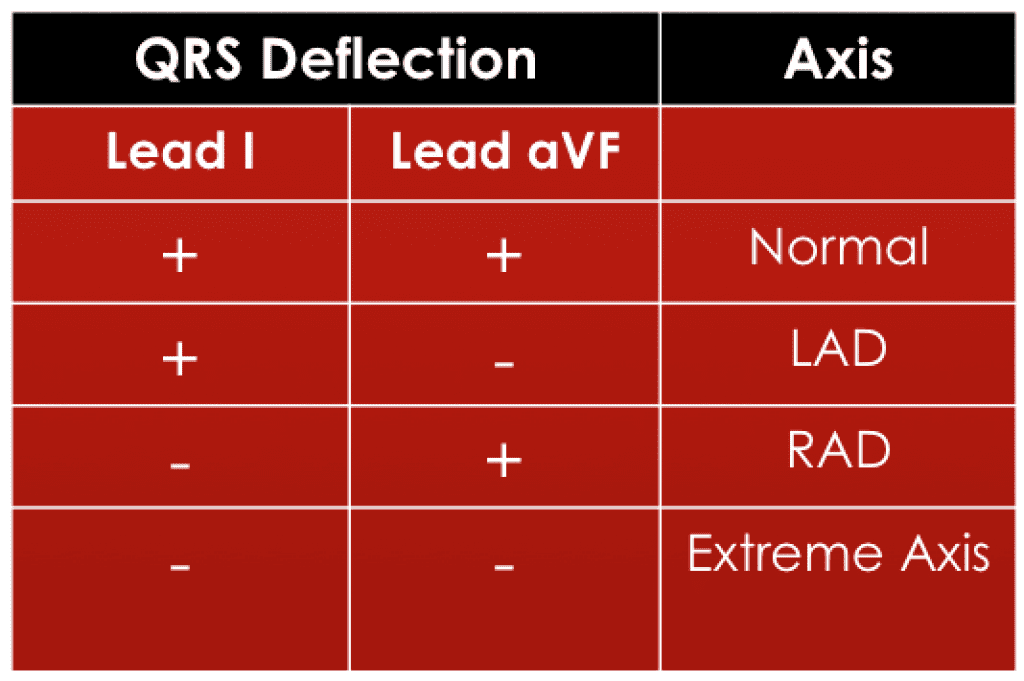



Ecg Basics Rebel Em Emergency Medicine Blog




How To Read An Ecg



Ecg A Pictorial Primer



Ekg Paper Ems Education
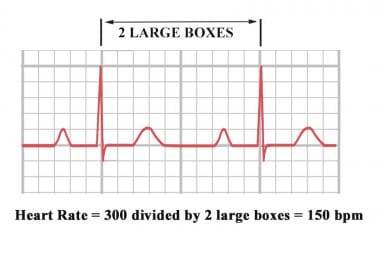



How Is The Heart Rate Determined On Electrocardiography Ecg



Co Grand Co Us Documentcenter View 636 Heart Rate Fast And Easy Ecgs Shade Wesley
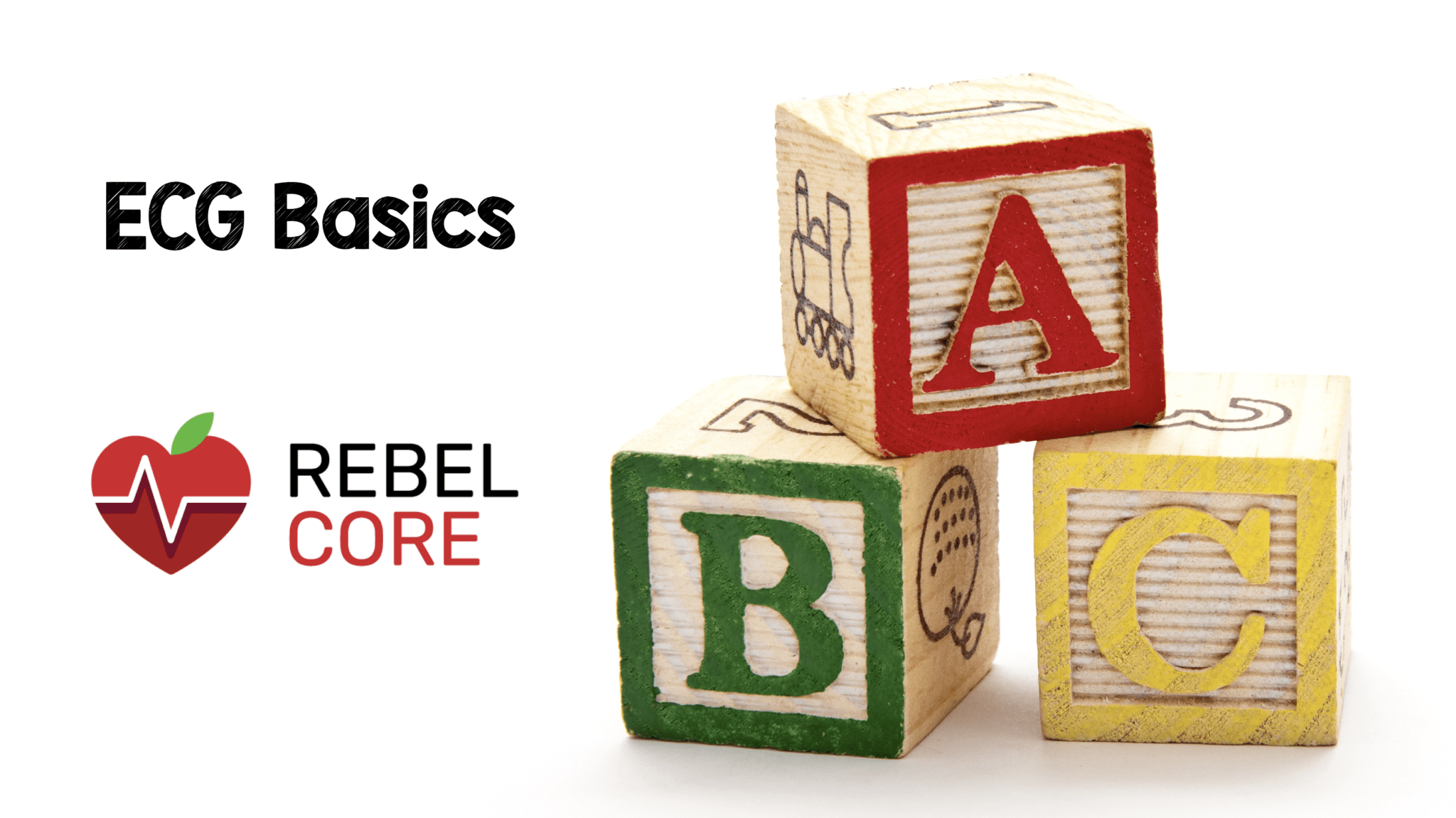



Ecg Basics Rebel Em Emergency Medicine Blog




Using The 300 150 100 75 60 50 Method Youtube



Www Bannerhealth Com Media Files Project Bh Careers Reviewforekgs16aclsv51 Ashx
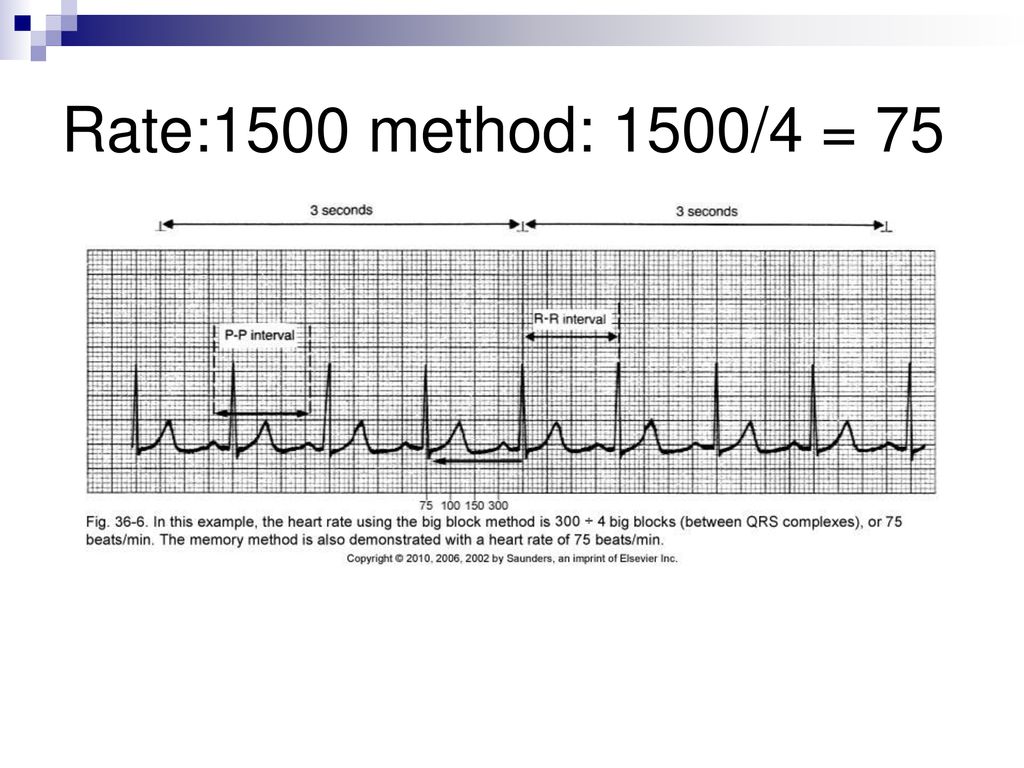



Ekg Electrocardiogram Ppt Download




Ekg Interpretation Ppt Video Online Download



Co Grand Co Us Documentcenter View 636 Heart Rate Fast And Easy Ecgs Shade Wesley




Determining Rate Learn The Heart




How To Calculate Heart Rate From Ecg Arxiusarquitectura




Rate Ecgpedia




Rate



Co Grand Co Us Documentcenter View 636 Heart Rate Fast And Easy Ecgs Shade Wesley




Determine Hr From A Regular Rhythm Ekg 1500 300 Methods Youtube
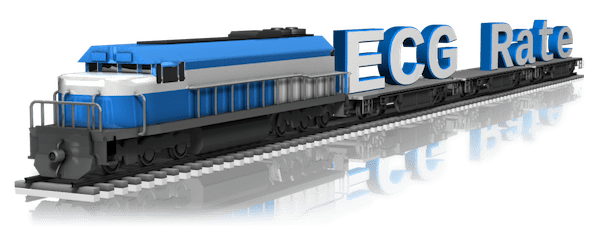



Ecg Basics Rebel Em Emergency Medicine Blog
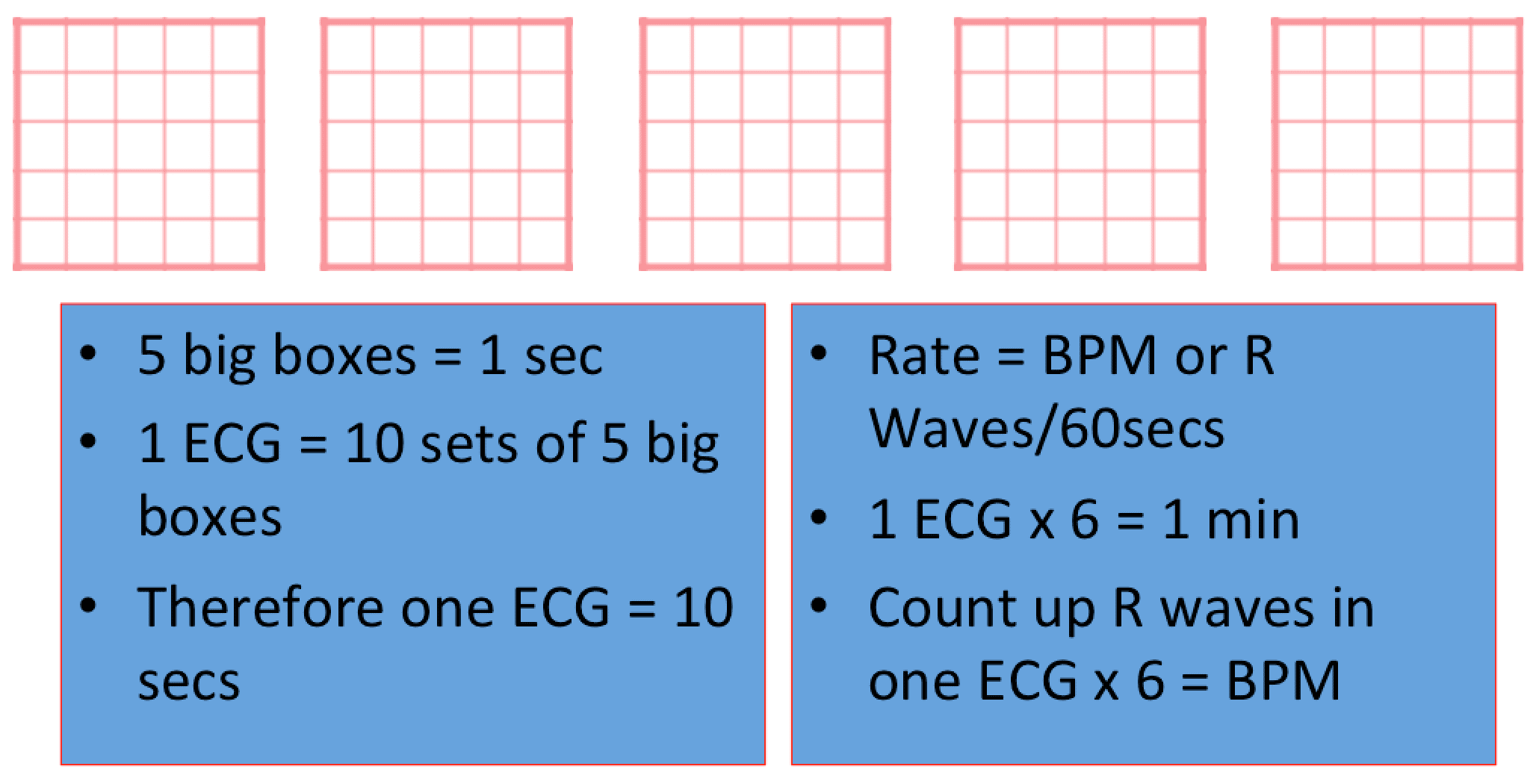



Ecg Basics Rebel Em Emergency Medicine Blog



Co Grand Co Us Documentcenter View 636 Heart Rate Fast And Easy Ecgs Shade Wesley
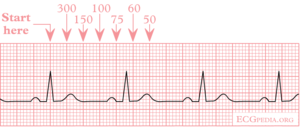



Rate Ecgpedia
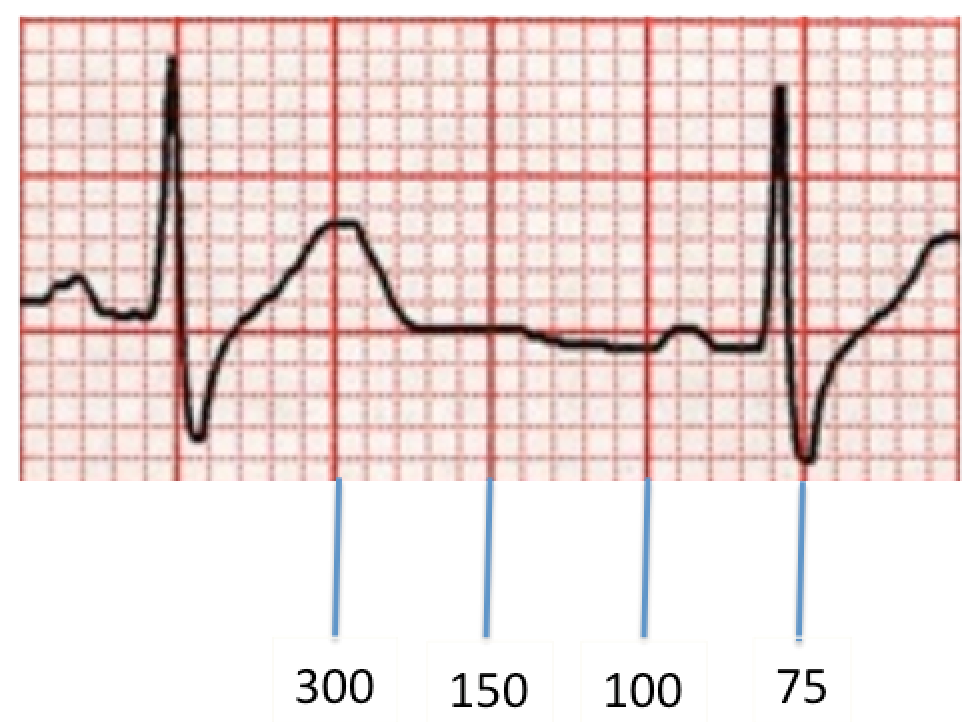



Ecg Basics Rebel Em Emergency Medicine Blog




Ecg For Interns Online Presentation
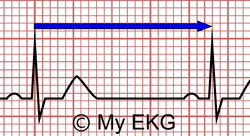



How To Calculate The Heart Rate On An Ekg
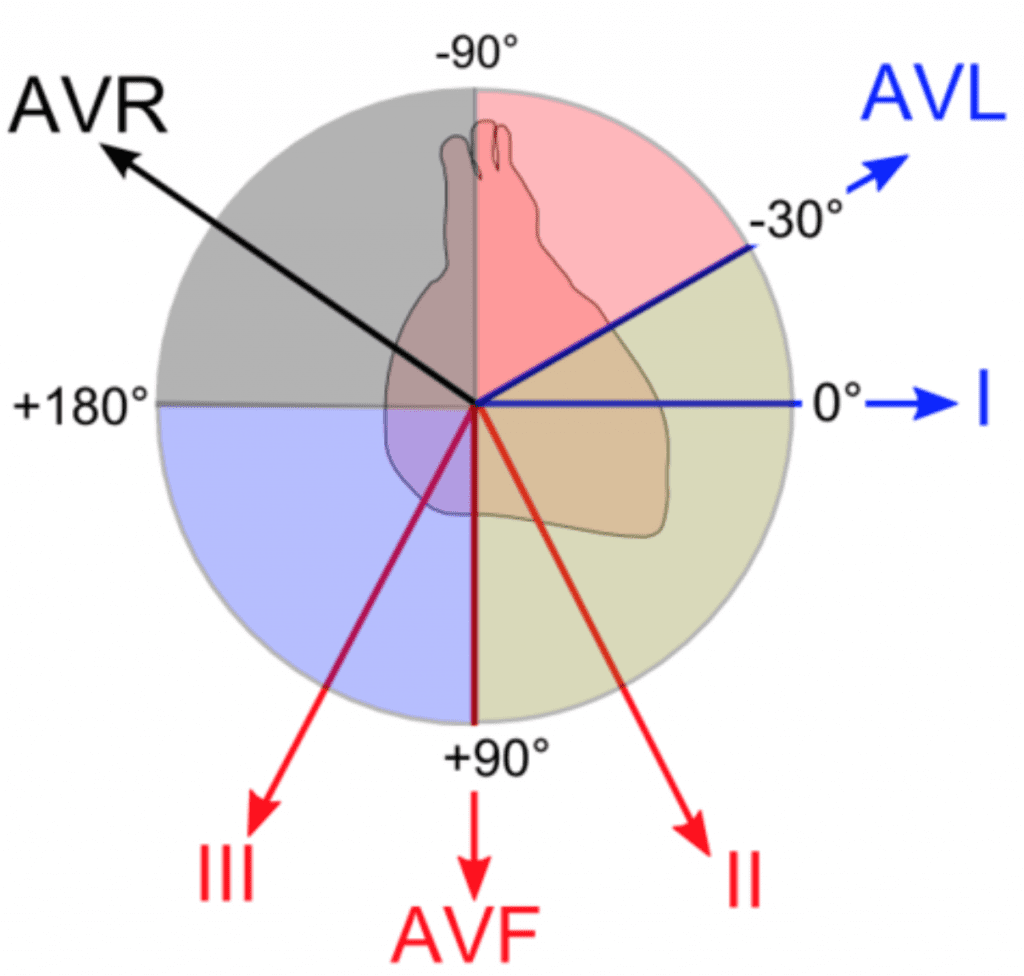



Ecg Basics Rebel Em Emergency Medicine Blog
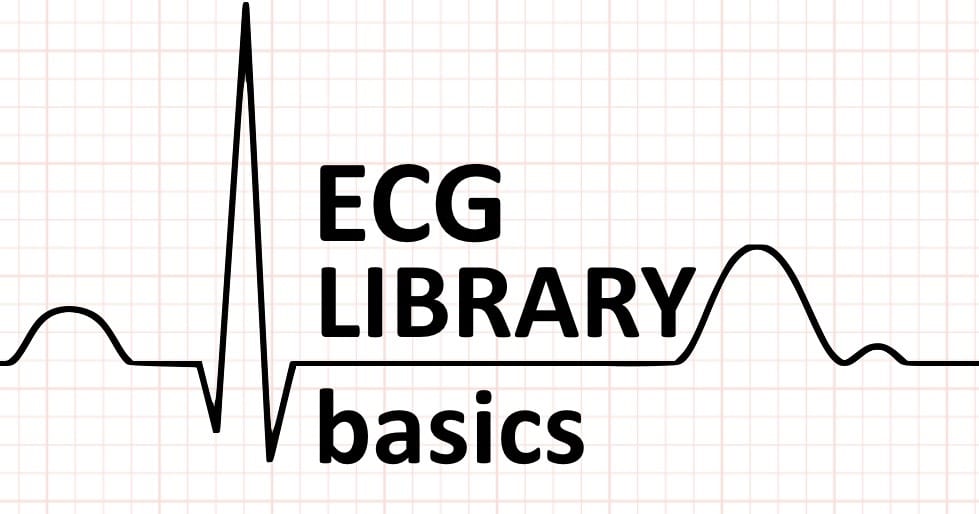



Ecg Rate Interpretation Litfl Medical Blog Ecg Library Basics
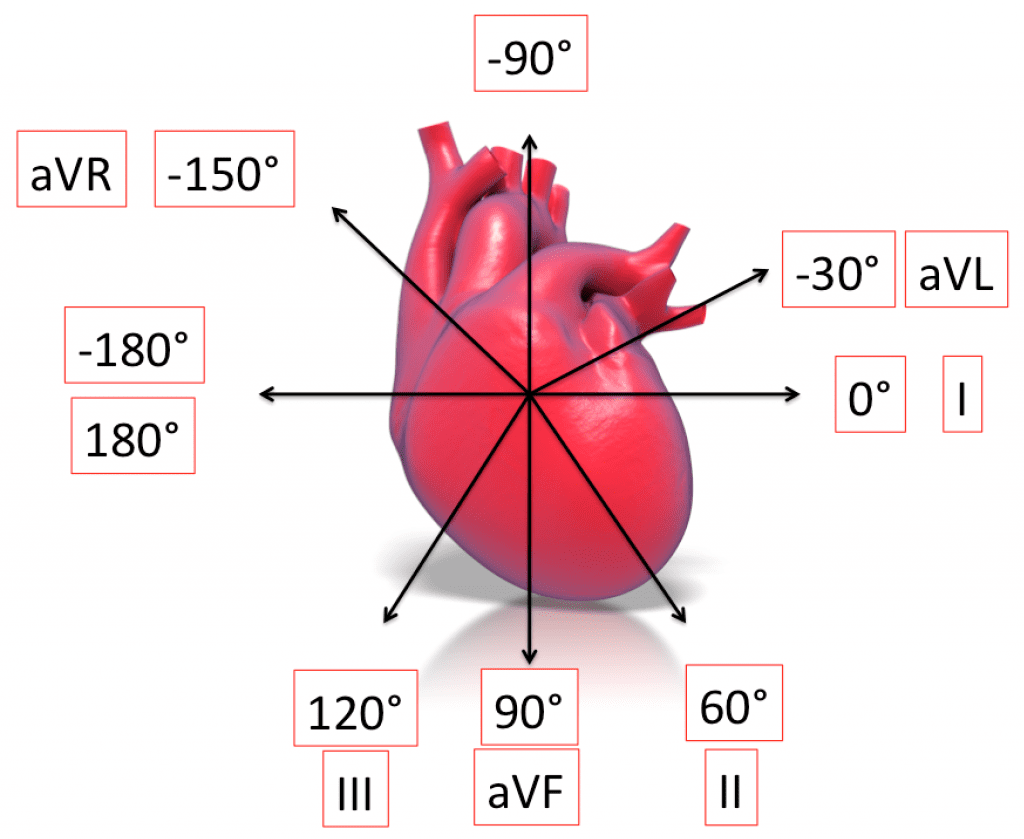



Ecg Basics Rebel Em Emergency Medicine Blog
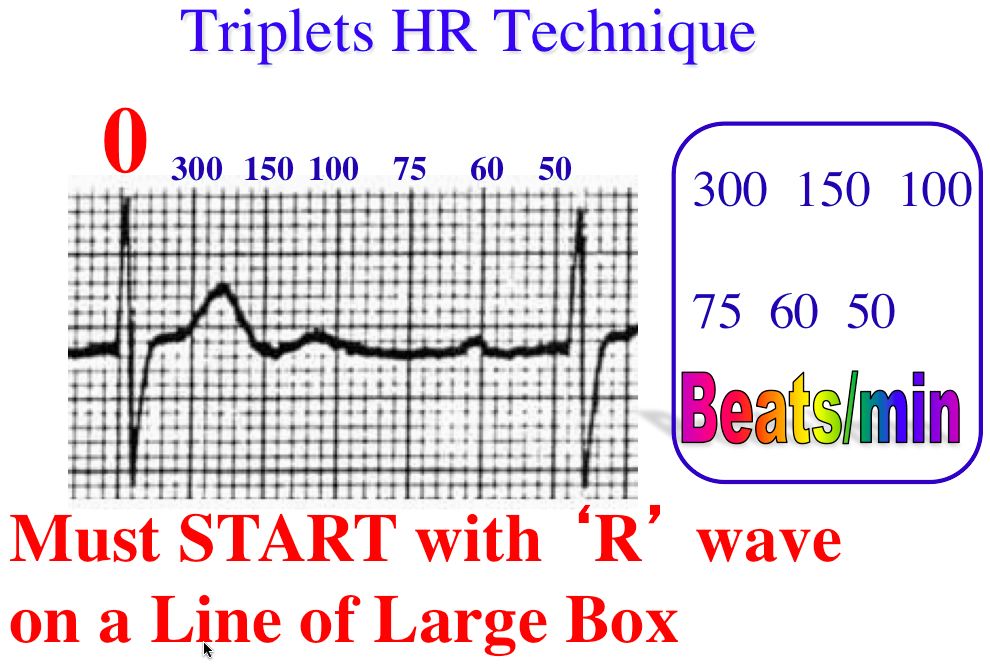



Triplets R To R 6 Second Heart Rate Method




How To Calculate Heart Rate From Ecg Arxiusarquitectura




3 Heart Rate Fast Easy Ecgs A Selfpaced




Ecg Basics Rebel Em Emergency Medicine Blog




Ppt Heart Rate Powerpoint Presentation Free Download Id




Ecg Basics Methods Of Heart Rate Calculation Youtube



Large Block Method To Calculate Heart Rate Ecg Medical Training
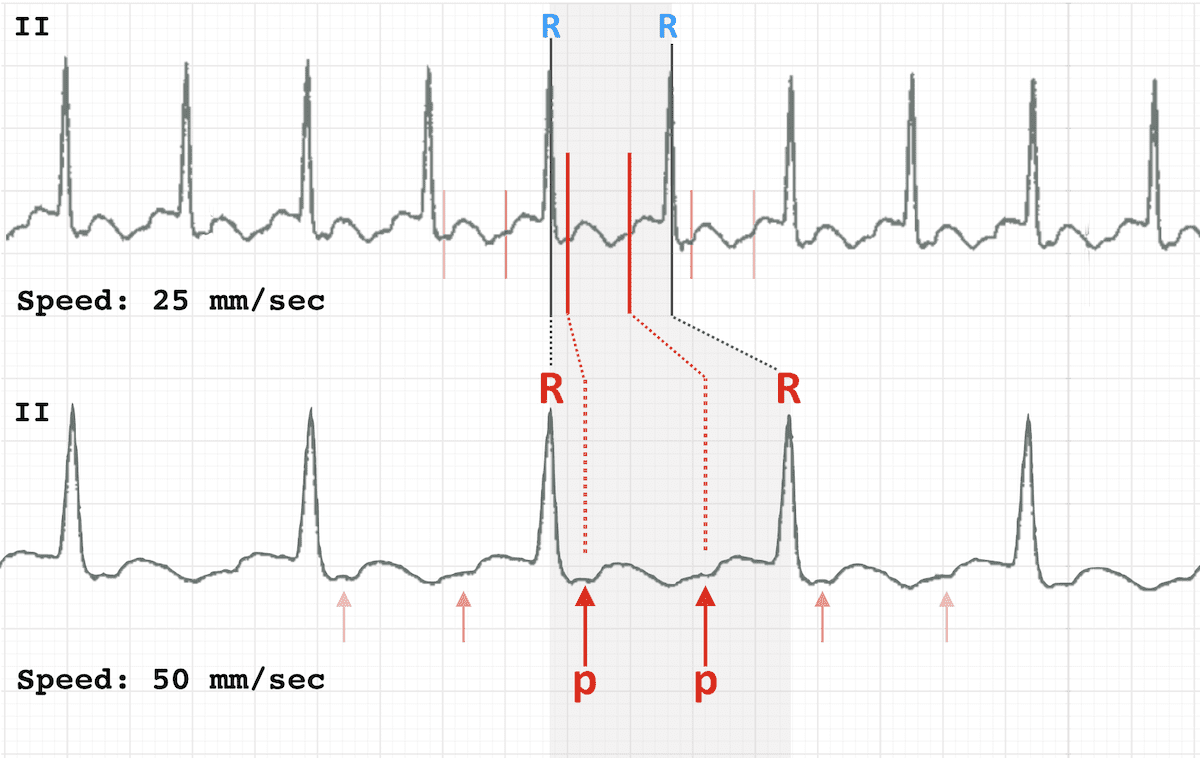



Ecg Rate Interpretation Litfl Medical Blog Ecg Library Basics




Cv Physiology Determining Heart Rate From The Electrocardiogram




Ekg Rate Practice Flashcards Quizlet



Ecg A Pictorial Primer




Ecg



1



Co Grand Co Us Documentcenter View 636 Heart Rate Fast And Easy Ecgs Shade Wesley




Ecg Rate Interpretation Litfl Medical Blog Ecg Library Basics



Q Tbn And9gcr4d5kfhuk4ki4vvvycli7hhv9pswr Qcxnddrqkttlq1jx7fnm Usqp Cau




How Is The Heart Rate Determined On Electrocardiography Ecg




Step 1 Determine The Heart Rate
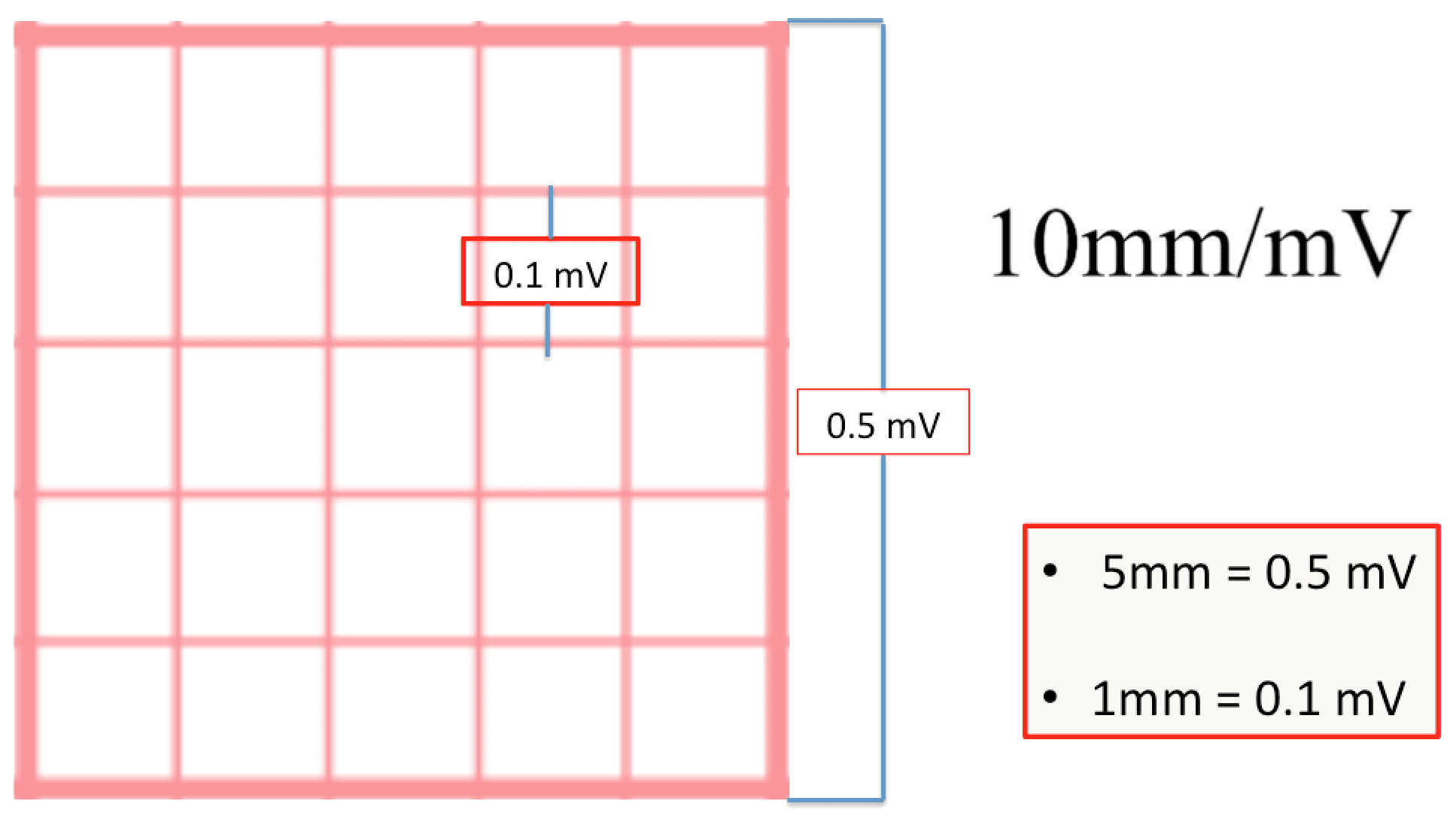



Ecg Basics Rebel Em Emergency Medicine Blog




How To Read An Ecg




Ekg Ch 3 Analysis And Interpretation Flashcards Quizlet



Ecg A Pictorial Primer



1




Chapter 4 And 5 Review Studocu
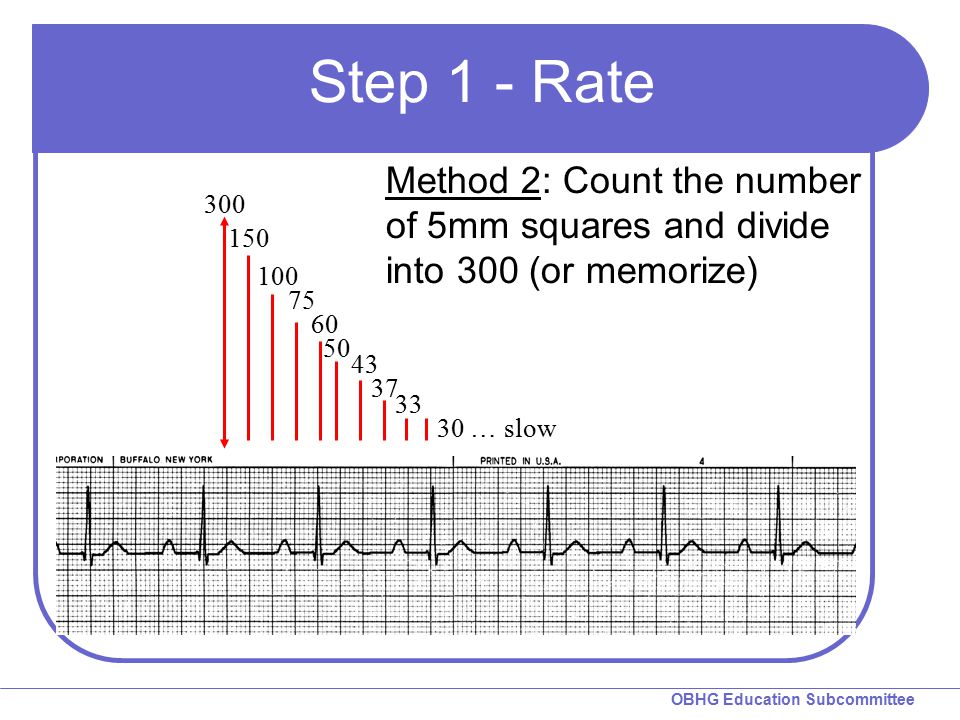



Chapter 1 For 12 Lead Training Rhythm Basics Ppt Video Online Download




Ecg Basics Methods Of Heart Rate Calculation Youtube



Http Samples Jbpub Com Ch04 Pass02 Levine Pdf




12 Lead Ecg Placement Aed Superstore Resource Center



Co Grand Co Us Documentcenter View 636 Heart Rate Fast And Easy Ecgs Shade Wesley




3 Heart Rate Fast Easy Ecgs A Selfpaced
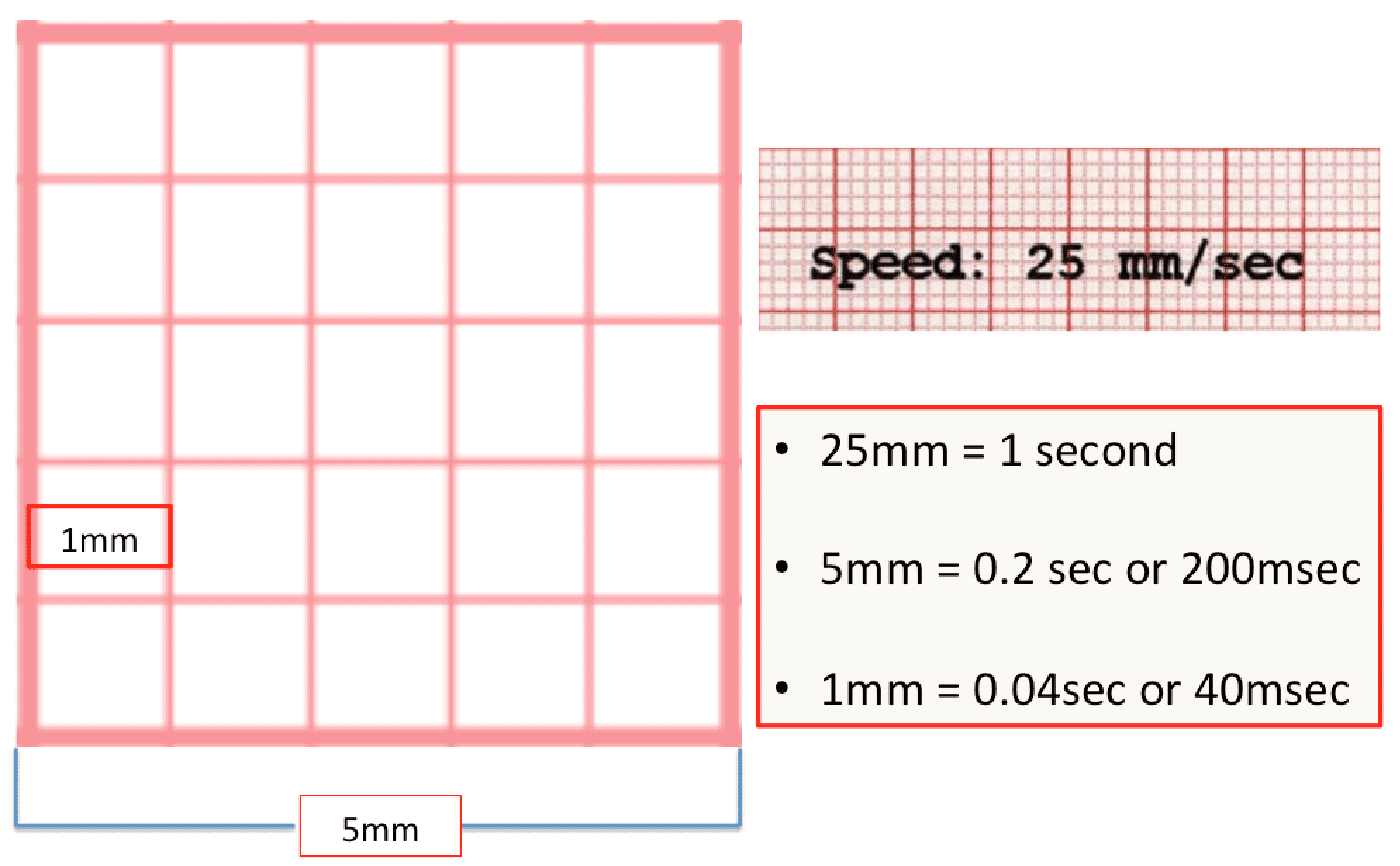



Ecg Basics Rebel Em Emergency Medicine Blog




Ekg Rate Practice Flashcards Quizlet



Large Block Method To Calculate Heart Rate Ecg Medical Training
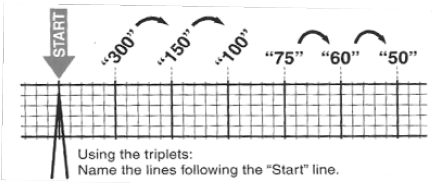



Ecg Interpretation Manual Of Medicine
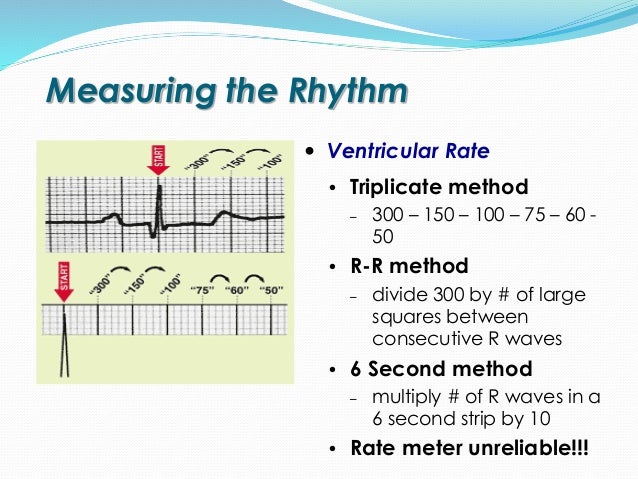



Rhythm Recognition
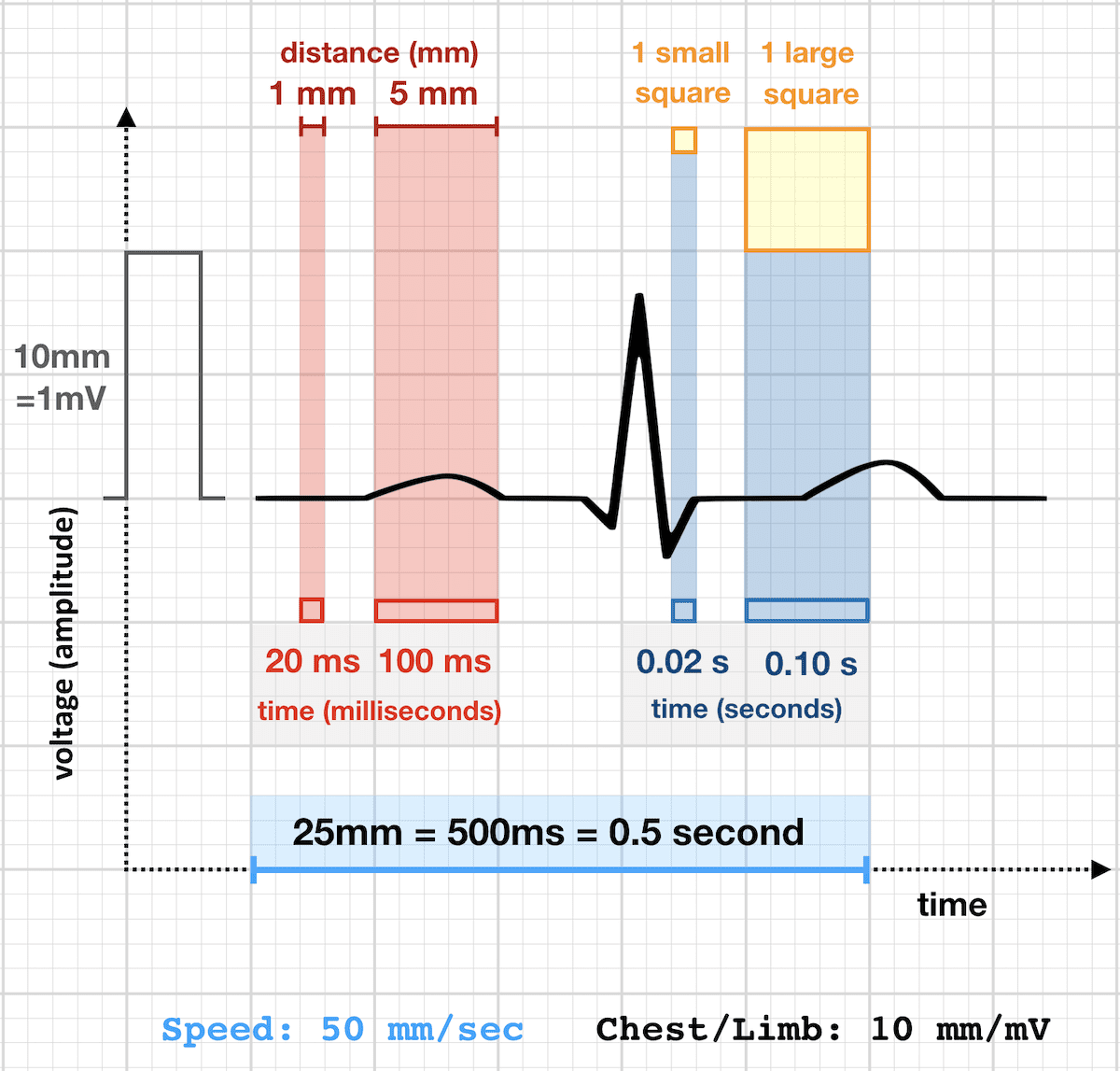



Ecg Rate Interpretation Litfl Medical Blog Ecg Library Basics




Ecg Basics 5 10 Rate Calculation Youtube



Co Grand Co Us Documentcenter View 636 Heart Rate Fast And Easy Ecgs Shade Wesley



Q Tbn And9gcteww8qp9wt1jydlnb39zitwtewhkghpqdmemgudhgdzr7hks Usqp Cau



Www Bannerhealth Com Media Files Project Bh Careers Reviewforekgs16aclsv51 Ashx
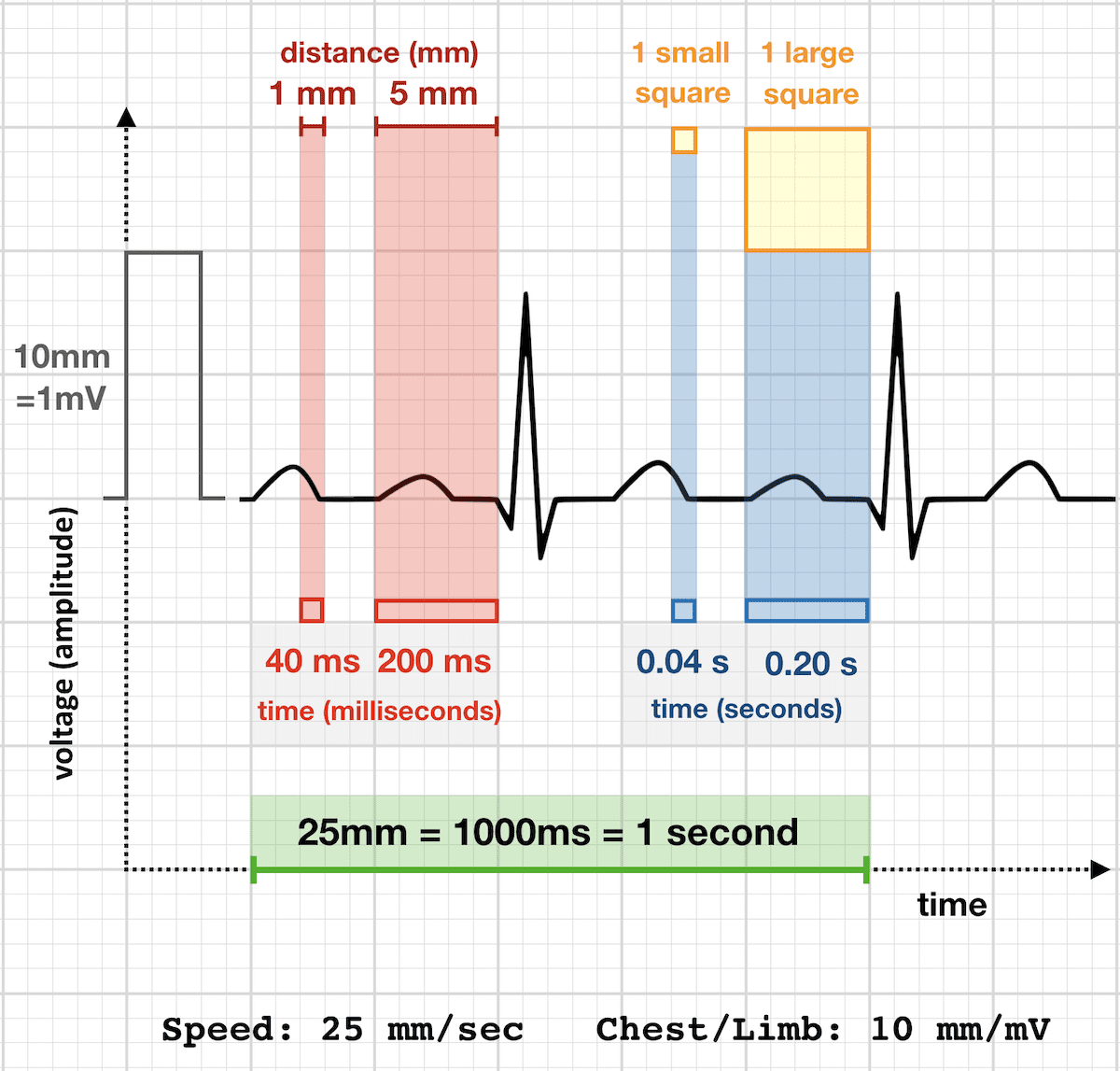



Ecg Rate Interpretation Litfl Medical Blog Ecg Library Basics
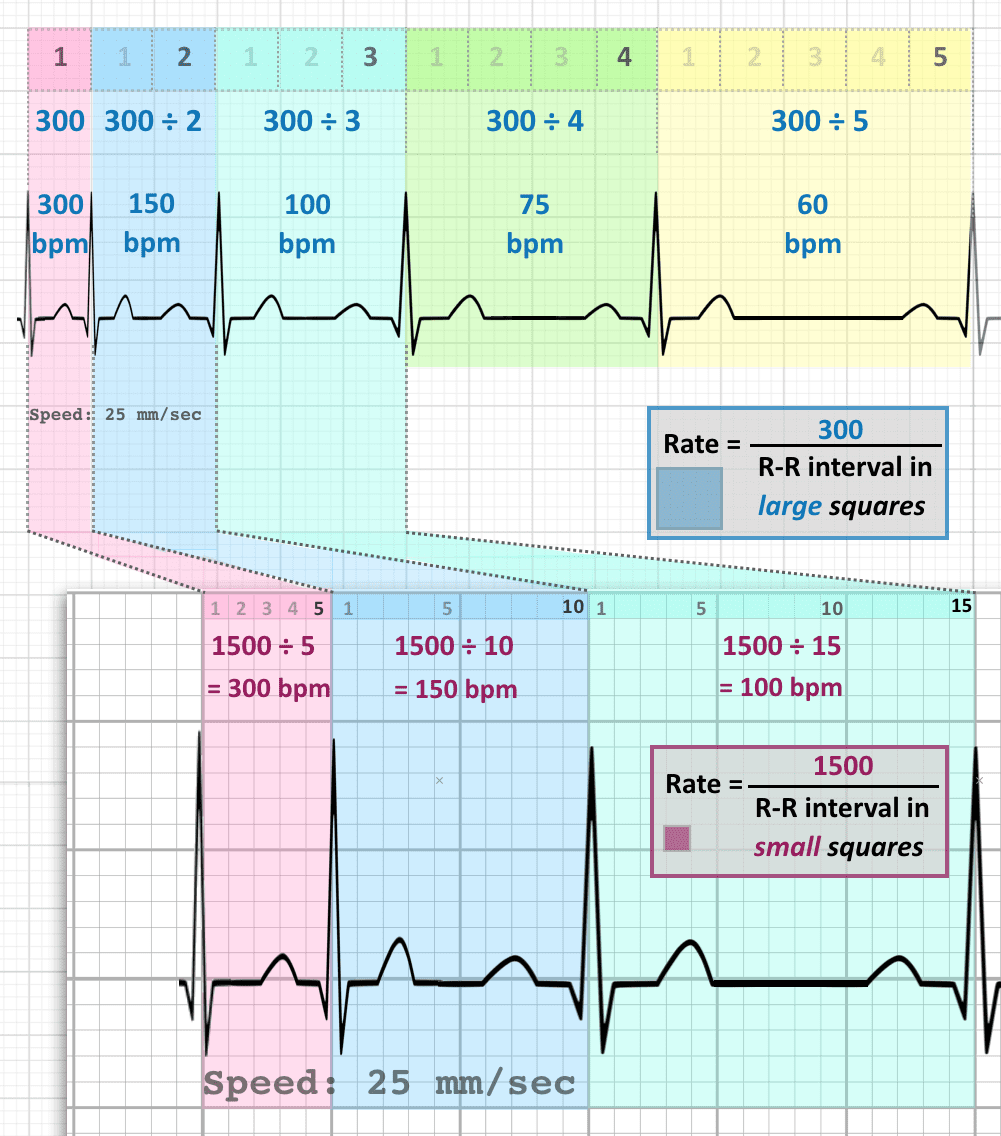



Ecg Rate Interpretation Litfl Medical Blog Ecg Library Basics



0 件のコメント:
コメントを投稿